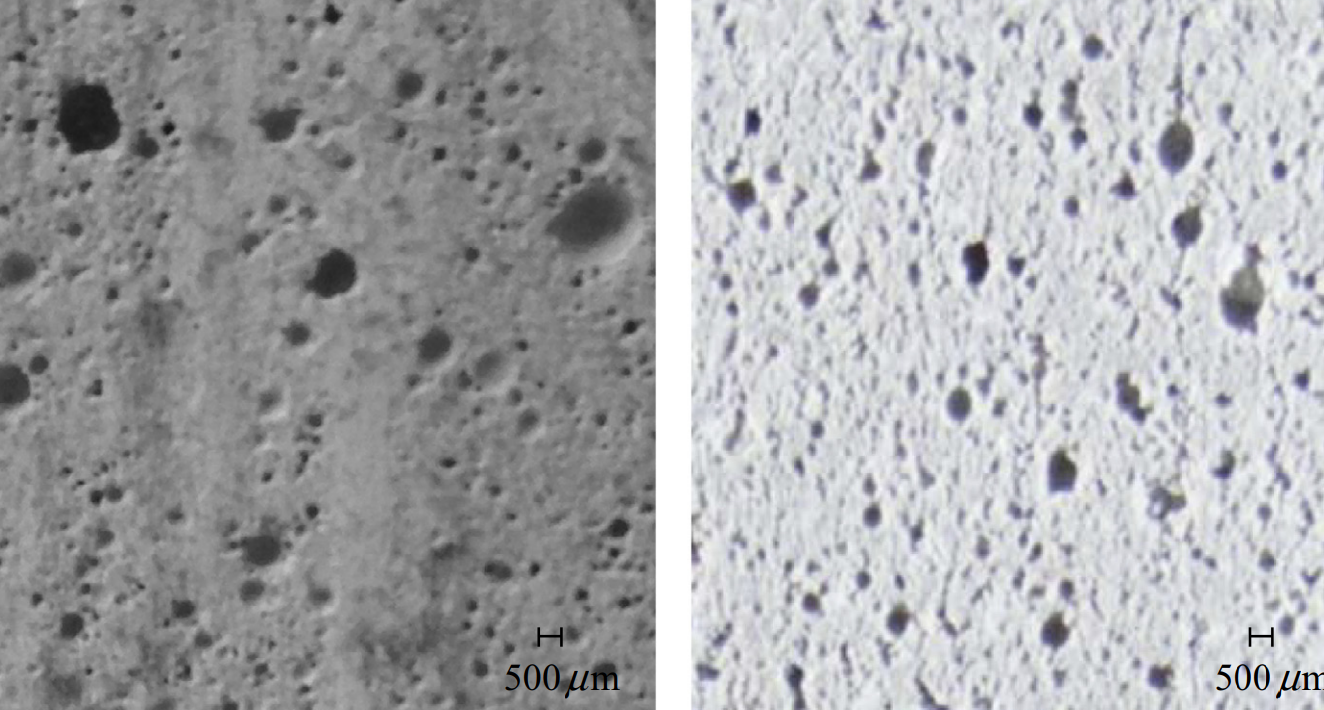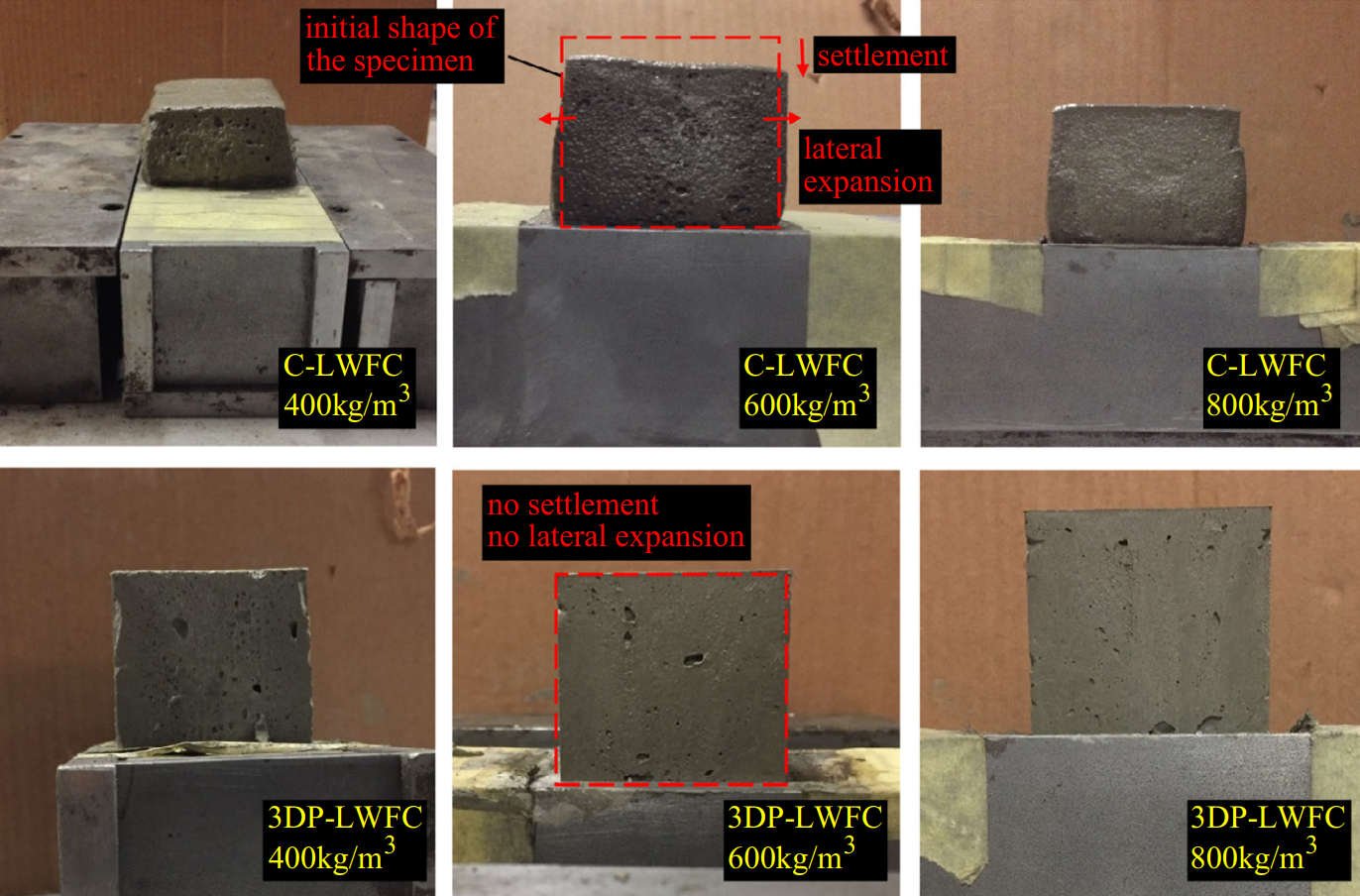Researchers from the University of Messina have formulated a lightweight foamed concrete to more effectively 3D print building structures without the need for any formwork. Unlike traditional lightweight foamed concrete, the novel material (3DPC) is able to retain its shape in its ‘molten’ or ‘fresh’ state due to a very high viscosity. Upon extensive testing, the team also found the specially formulated concrete to have a compressive strength higher than that of conventional concrete (CC), making it potentially viable for industrial use.
Lightweight foamed concrete
Foamed concrete is the term given to low density cementitious materials that have been infused with a foaming agent to add air. The presence of air bubbles in the mix tends to give the concrete some peculiar (but surprisingly useful) properties such as low weight, thermal insulation, acoustic absorption, and fire resistance – all extremely desirable in the construction industry. However, the lightweight nature of foamed concrete does have its downsides. Conventional foamed concretes often exhibit low mechanical strengths and instability, making them unsuitable for any practical building.
The Messina researchers got to work on formulating their own novel lightweight 3DPC mixture from three different types of commercially available cement, with ‘Foamin C’ acting as the foaming agent.

Concrete vs concrete
The study saw 3DPC being compared to CC in two different ways. The first involved comparing the dimensional stability of the two concretes in their fresh states (extrusion test), and the second was a battle of compressive strength.

Six cube specimens of height 4.5cm were formed from the two cements in their fresh states. The cubes were left to rest for up to 40 minutes and the ‘slump distances’ of the two materials were measured and documented. The researchers concluded that their specially formulated 3DPC was much more viscous than standard CC and retained its shape indefinitely while CC ended up flattening out. The novel concrete could therefore be 3D printed without any formwork and would be able to sufficiently support itself until the curing process was complete.

Next, a different set of similar specimens were left to cure in a variety of media and their compressive strengths were pitted against each other. On average, the team’s 3DPC displayed a significantly higher compressive strength than CC at all dry densities (400 – 800kg/m³), making it more than capable of withstanding the stresses found in the walls of buildings.

Further details of the study can be found in the paper titled ‘3D-printable lightweight foamed concrete and comparison with classical foamed concrete in terms of fresh state properties and mechanical strength’. It is co-authored by Devid Falliano, Dario De Domenico, Guiseppe Ricciardi, and Ernesto Gugliandolo.
Concrete 3D printing has begun to garner some serious attention from companies and research facilities alike. Engineers from Purdue University have begun working on a method of 3D printing concrete wind turbine parts for offshore use. If successful, the low cost parts will be shipped 30 miles off the coast of the U.S. and installed on the sea bed. Elsewhere, in Dubai, Twente AM unveiled its latest large-scale concrete 3D printer with a printing footprint of 391m³.
The nominations for the 2020 3D Printing Industry Awards are now open. Who do you think should make the shortlists for this year’s show? Have your say now.
Subscribe to the 3D Printing Industry newsletter for the latest news in additive manufacturing. You can also stay connected by following us on Twitter and liking us on Facebook.
Looking for a career in additive manufacturing? Visit 3D Printing Jobs for a selection of roles in the industry.
Featured image shows cubic fresh cement specimens subjected to the extrusion test with rest time of five minutes. Image via University of Messina.



